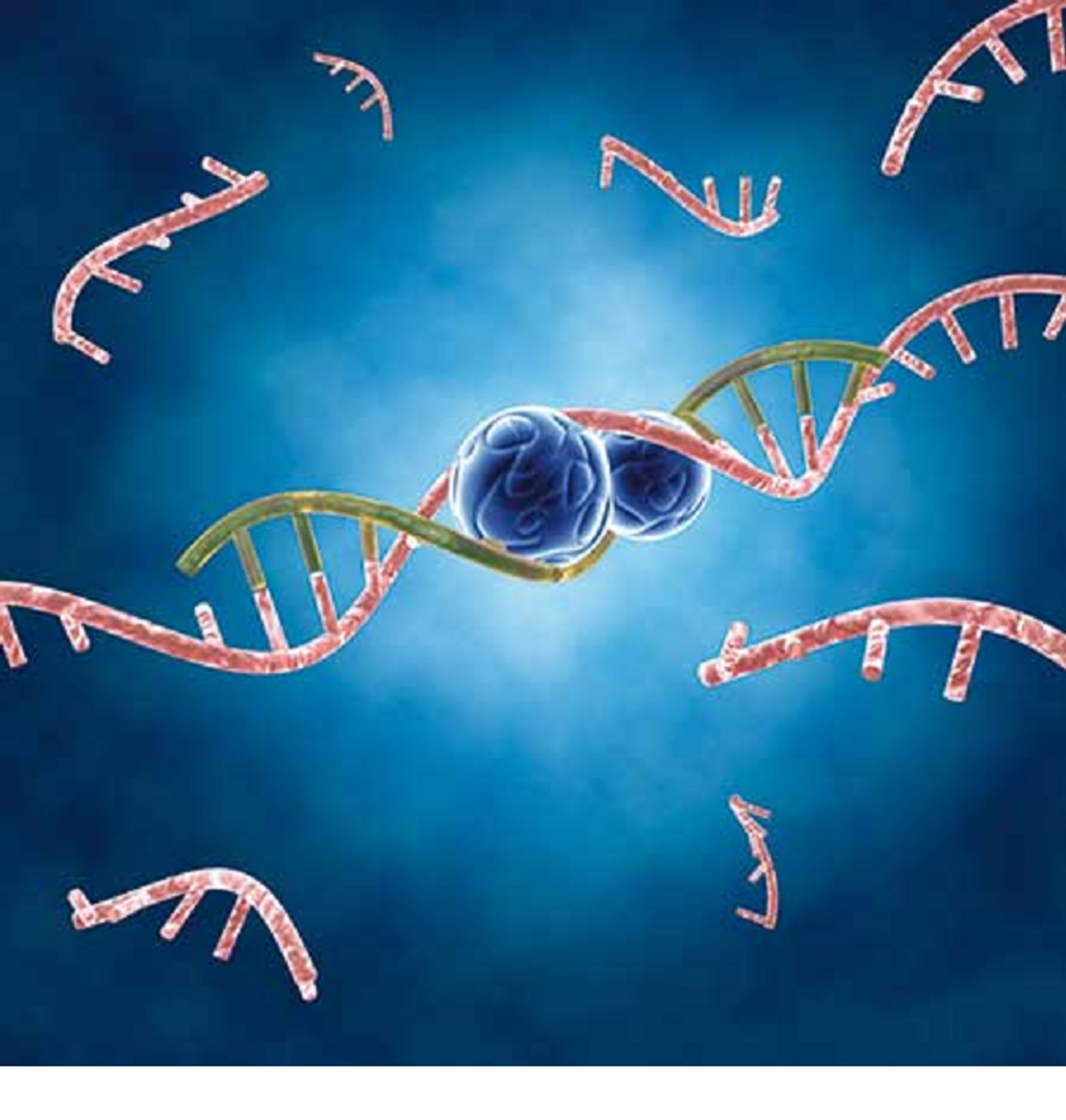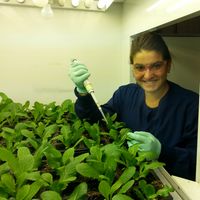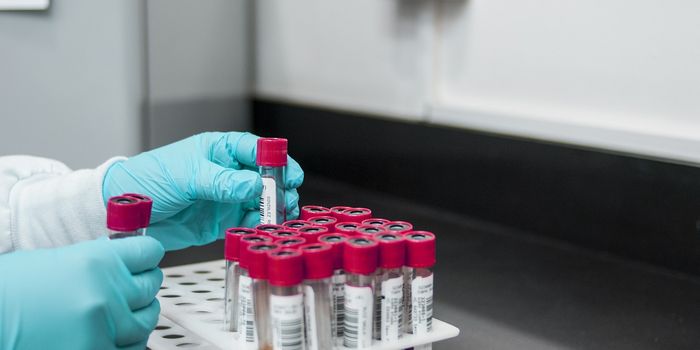The genomes of humans and animals are much more complex than scientists originally thought. In addition to DNA and RNA, the discovery of microRNAs (miRNAs) as well as other RNAs that do not encode for proteins indicate that the genetic code is far from being cracked. It is estimated that approximately 4% of the genome is represented by miRNAs. Unlike DNA and RNA, miRNAs do not encode for proteins and are often referred to as non-coding RNAs. They tend to be transcribed from several different loci within the genome. These non-coding RNAs are derived from long RNAs that are processed by enzymes known as Drosha and Dicer, to form miRNAs that are approximately 22 nucleotides long with a 2 nucleotide overhang on one end (the 3’ end). The miRNAs target messenger RNA (mRNA) to repress translation of genes. This interaction is known as the miRNA Induced Silencing Complex (miRISC).

Because animals serve as important disease models for medical research as well as sources of food, it is important to understand how genetic mutations affect the diversity of food-producing animals. Previous studies involving livestock identified significant variability in miRNA within the same herd. Researchers from the University of Xi’an in China investigated the mi-RNA-mRNA interactions using two algorhithms. The focused specifically on the
single nucleotide polymorphisms (SNPs) within miRNA genes through the use of microarrays.
In a short communication article published in
Animal Genetics, researchers reported that they found several SNPs located within the untranslated gene region of mRNAs in pigs, chickens and cows which had the potential to affect the miRNA-mRNA interactions as well as the miRISC. The SNPs they found were also located on miRNA and mRNA binding sites which would affect the interaction between the two. They also developed a database known as miRBond which will allow scientists to visualize and analyze datasets using their algorhithm method. It is expected that these studies will lead to further discoveries that will help scientists to understand the diversity among physical characteristics in domestic animals.
Sources:
Animal Genetics;
Yale University;
Genetics Home Reference









